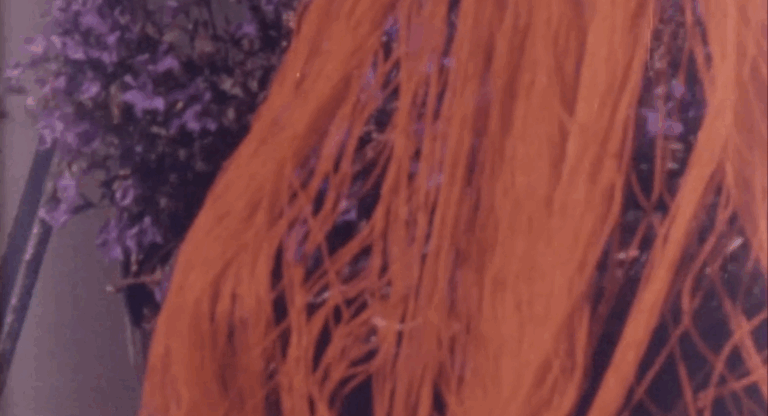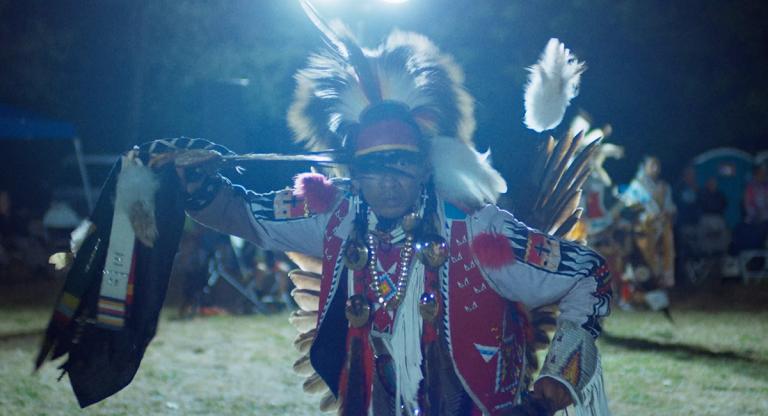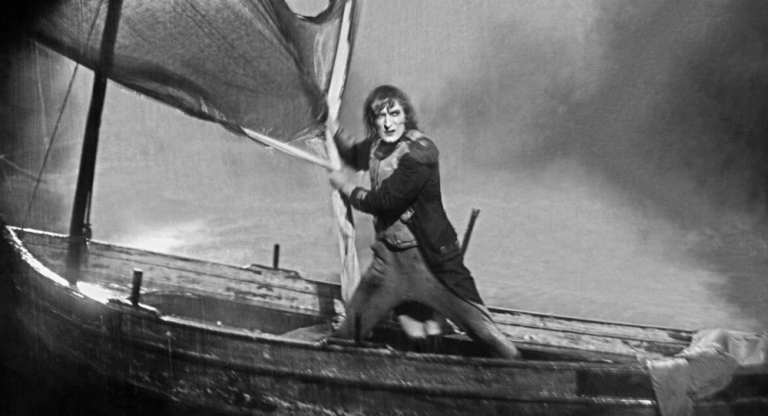In 1974, Will Hindle, then a film professor at the University of South Florida, described his teaching ethos in an interview broadcast on Wisconsin public television: ”I think it’s very necessary to be you, otherwise we get further and further from art. All your life films have been structured and technical, and it’s very difficult to get that technical part easy to do so that you can live with the light meter, it’s part of you.” Hindle, who is remembered both as a personal filmmaker and a technically ingenious editor, sees these two designations as fundamentally linked.
He began work on his first two films, Pastorale d’eté (1958) and NON Catholicam (1963), in the mid-1950s, before making about 150 films for CBS/Westinghouse in the late 1950s and 1960s. His own films after this period take some of the impulses of the short-form narrative documentary intended for a mass audience as an aesthetic starting point. These films mark off spaces of abstraction within a concrete geography: Billabong’s barracks on the Oregon coast; the mind of St. Fluornoy’s lone desert meditator (pictured at top); Watersmith’s pool. Representations of desire and collective life are framed by cheerful establishing shots placing the action in a recognizable physical space, with sound that suggests we, the audience, are about to be lightly educated.
Once inside those spaces of abstraction, these scaffolding conventions gradually fall away and the core visual grammar of the film is revealed and refracted through increasingly inscrutable visual effects. Hindle often constructed the equipment he needed to achieve a precise vision—“I knocked out a wall in my apartment to create a studio and began to build equipment to achieve the effects I wanted. I didn't know what an optical printer was, so I made my own,” he explained in a 1981 interview in Art Papers. These are honest experiments, with both sound and image: Merci, Merci (1966) and Chinese Firedrill (1968) feature the voice of the filmmaker trying on different characters as narrator; the soundtrack for Watersmith (1969), perhaps his best-known film, is built from the sounds of bodies moving through water, edited and recomposed.
Hindle spent the earliest and most productive years of his career in the Bay Area before building a studio on land purchased with money from a Guggenheim Fellowship in Blountsville, Alabama in 1970. He began teaching in Florida two years later and produced three more films, Later That Same Night (1971), Pasteur3 (1976), and Trekkerriff (1984). Even as new challenges slowed down the pace of his filmmaking, this last period of his work before his death in 1987 is rooted in the immediate experience of his environment, a document of terrain external and internal.
“Unearthly Projections: The Complete Will Hindle” screens tomorrow, July 27, at Spectacle on 16mm.



